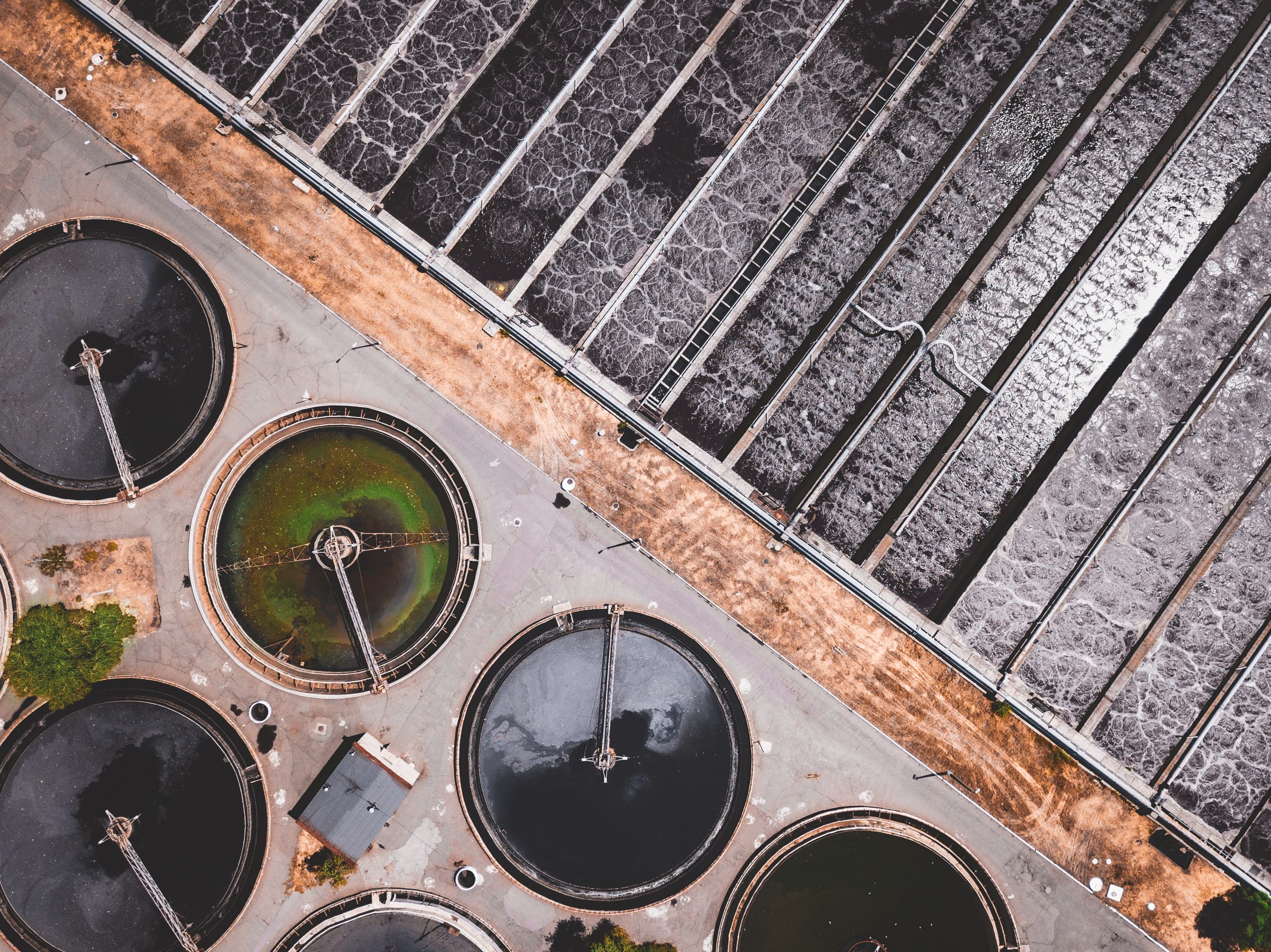
When it comes to wastewater management, there are two primary systems that can be used: septic tanks and sewer lateral systems. Both systems are designed to handle wastewater, but they have some key differences that make them suitable for different situations.
Septic Tanks:
A septic tank is an underground tank that is used to store and treat wastewater. Septic tanks are commonly used in rural areas where a connection to a public sewer system is not available, think Montecito and Hope Ranch. The tank is typically made of concrete, fiberglass, or polyethylene and is buried in the ground.
When wastewater enters the septic tank, it is separated into three layers: solids, liquids, and grease. The wastewater is treated by naturally occurring bacteria in the tank. The bacteria break down the solids and convert them into gases and liquids. The liquids in the middle layer are then drained out of the tank and into a drain field, where they are filtered through the soil and returned to the groundwater.
Sewer Lateral Systems:
A sewer lateral system, also known as a sanitary sewer, is a network of pipes that carries wastewater from homes and businesses to a centralized treatment facility.
In a sewer lateral system, wastewater flows through a series of pipes until it reaches a treatment plant. At the treatment plant, the wastewater is filtered and treated to remove contaminants and pollutants. The treated water is then released back into the environment.
Comparison:
Septic tanks are generally less expensive to install than sewer lateral systems. They also require less maintenance, as the natural bacteria in the tank do most of the work. However, septic tanks do require regular pumping to remove the layer of sludge that builds up over time. When looking into a home with a septic tank it’s important to ask how large the tank is, when it was last drained, and how long it’s been in use.
Sewer lateral systems are more expensive to install and require ongoing maintenance to ensure they are functioning properly. However, they are a more convenient option for homeowners and businesses that are located where a connection to a public sewer system is available.
Conclusion:
Both systems have their advantages and disadvantages, and it’s important to weigh these factors carefully before making a decision. Ultimately, the goal should be to choose a system that is cost-effective, efficient, and environmentally friendly.


 Facebook
Facebook
 X
X
 Pinterest
Pinterest
 Copy Link
Copy Link

